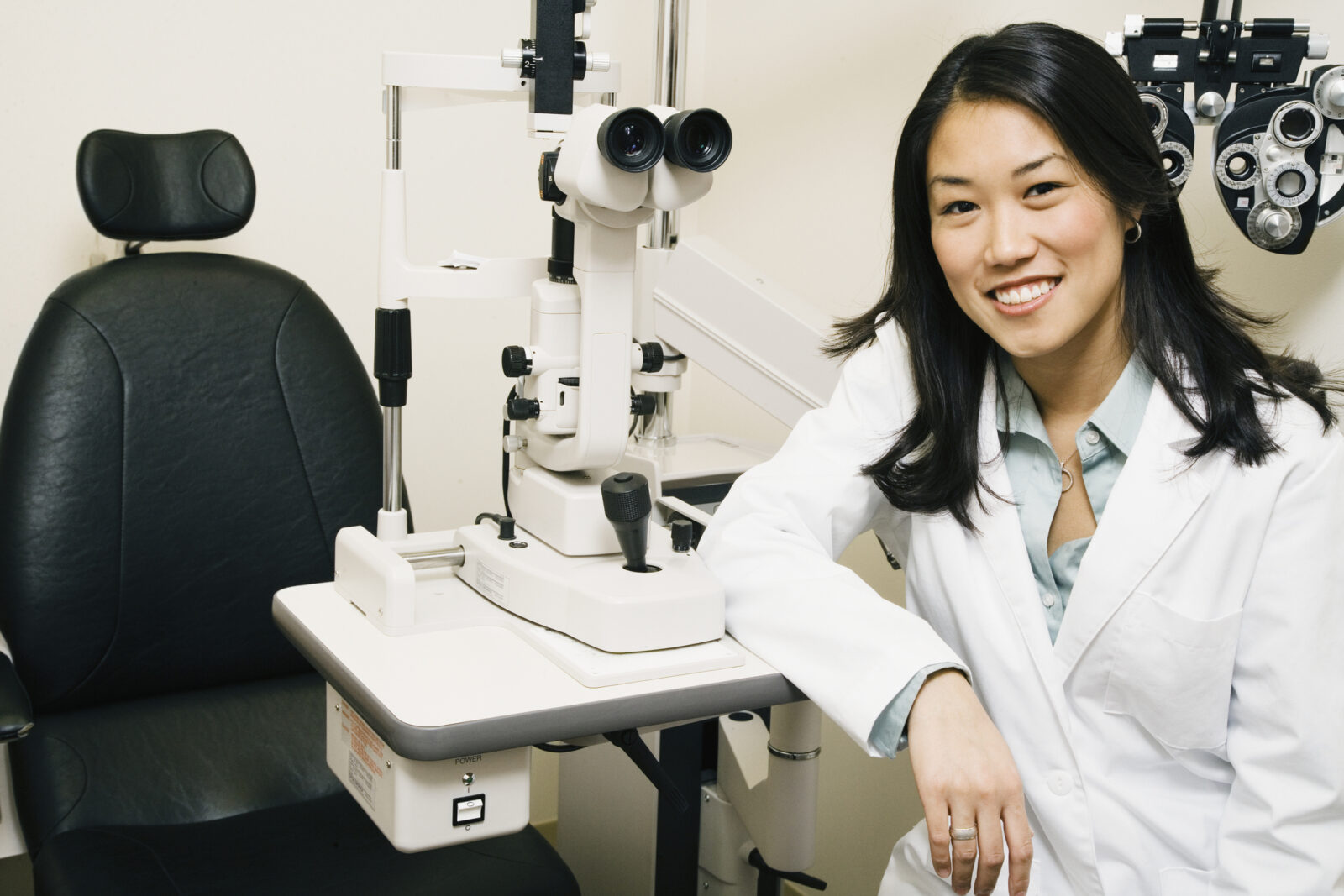When considering vision correction methods, LASIK (Laser-Assisted In Situ Keratomileusis) and Orthokeratology (Ortho-K) emerge as distinct options, each with unique approaches and target conditions. Dive into this detailed LASIK vs. Ortho-K comparison for an insightful overview:
What is LASIK (Laser-Assisted In Situ Keratomileusis)?
Procedure:
- Flap Creation: A thin corneal flap is crafted using a microkeratome or femtosecond laser.
- Corneal Reshaping: The flap is lifted, and the underlying cornea is reshaped with an excimer laser.
Recovery Time:
- Quick Visual Recovery: Patients often experience rapid improvement within a day or two.
- Stabilization: Full vision stabilization may take a few weeks.
Postoperative Discomfort:
- Mild Discomfort: Minimal discomfort during the initial hours, with reduced sensitivity to light.
Suitability:
- Common Refractive Errors: Effective for myopia, hyperopia, and astigmatism.
- Presbyopia: Can be combined with monovision for presbyopia.
Advantages and disadvantages of LASIK:
Advantages:
- Rapid Visual Improvement: Immediate enhancement in vision.
- Minimal Discomfort: Usually, minimal discomfort during and after the procedure.
Disadvantages:
- Flap-Related Complications: Rare, but potential complications include flap-related issues.
- Dry Eyes: Some experience temporary dry eyes.
What is Orthokeratology (Ortho-K)?
Procedure:
- Contact Lens Wear: Specially designed gas-permeable lenses worn overnight.
Corneal Reshaping:
- Recovery Time: Gradual improvement with full stabilization over a few weeks.
Postoperative Discomfort:
- Mild Discomfort: Some may experience mild discomfort during adaptation.
Suitability:
- Common Refractive Errors: Primarily for myopia control and mild to moderate myopia.
- Presbyopia: Used for presbyopia, often combined with monovision.
Advantages and Disadvantages of Orthokeratology:
Advantages:
- Non-Surgical: Reshapes the cornea without surgery.
- Daytime Freedom: Clear vision during the day without glasses.
Disadvantages:
- Temporary Effects: Requires consistent lens wear for sustained results.
- Risk of Infection: Proper hygiene crucial to prevent infections.
- Vision Instability: Changes through the day based on usage frequency.
- Comfort: May be challenging to sleep with rigid lenses.
Choosing Between LASIK and Ortho-K:
- Surgical Preference: Non-surgical preference may lead to Ortho-K.
- Reversibility: Ortho-K is reversible; LASIK is permanent.
- Corneal Thickness: If corneal thickness is a concern, Ortho-K may be safer.
Both LASIK and Ortho-K are effective, and the choice depends on individual factors, preferences, and refractive error. Consult with an experienced eye care professional to determine the most suitable method for your unique needs and circumstances.

